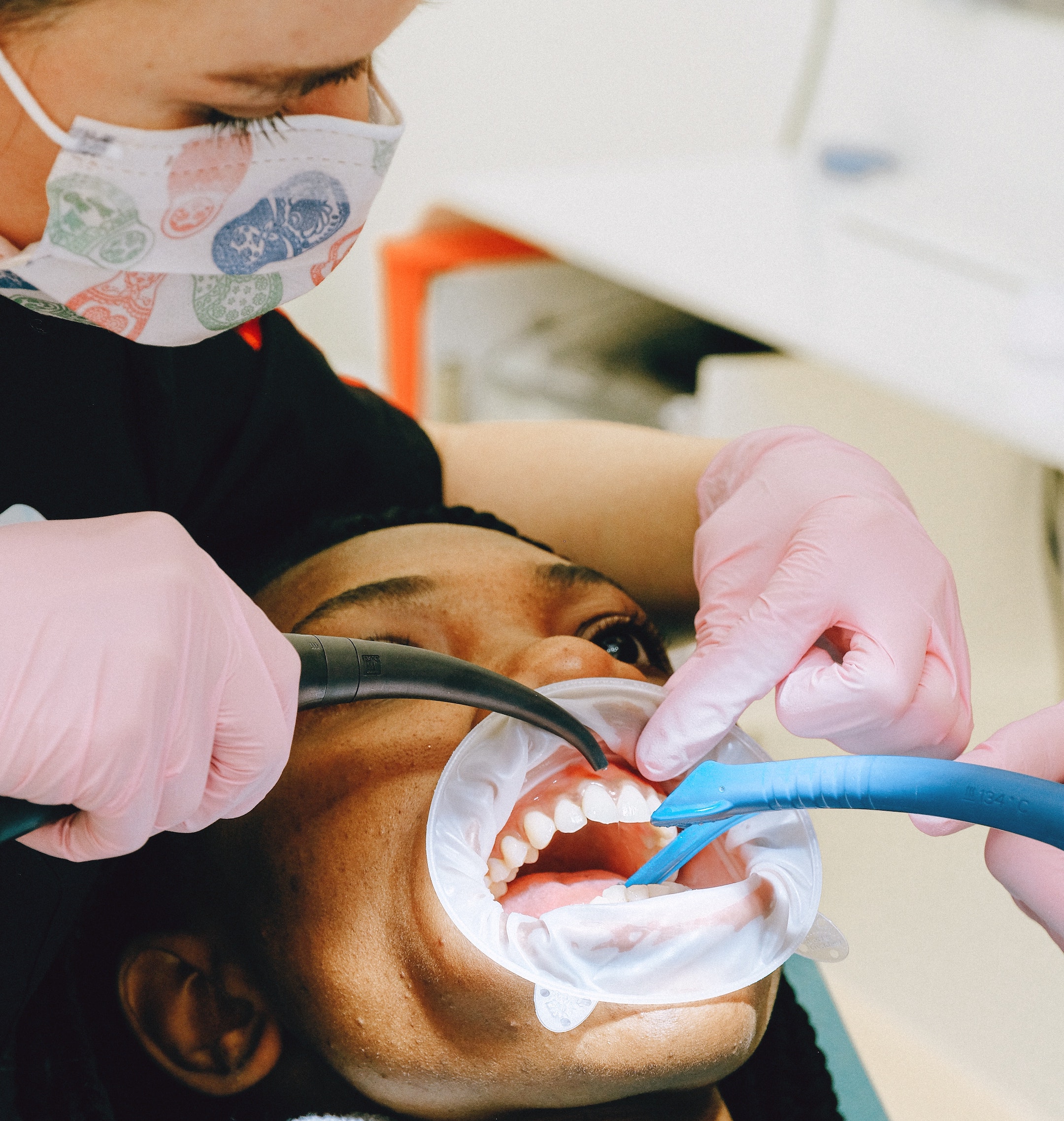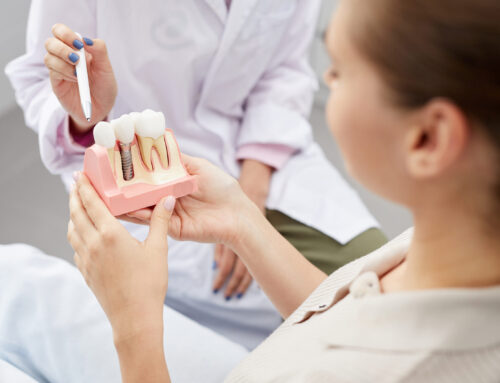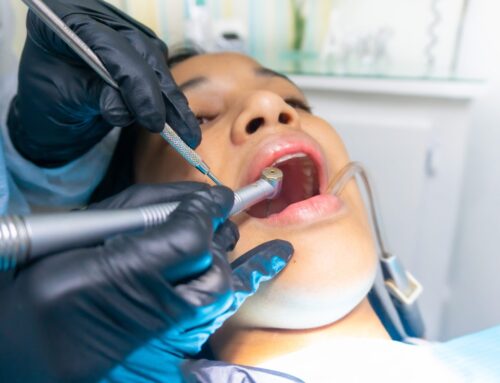Gum disease is one of the several dental ailments that result in pain, swelling, and tooth loss. Maintaining oral hygiene can reduce the chances of contracting the disease; however, it can still occur due to factors like:
- stress
- heredity
- diabetes
- smoking
Gum diseases can be cured overall. However, you need early oral intervention and care to minimize the harmful results it can impact on your oral health. Here is everything you need to know regarding gum disease and its cure.
What is Gum Disease?
Gum disease is caused by plaque buildup and can also be referred to as periodontitis. If not treated on time, this plaque buildup can cause swelling and irritation, creating pockets between your gum’s inner layer and teeth.
With time, this plaque can worsen and start collecting debris, causing an infection that destroys both bone and gum, further weakening the foundation of your teeth and leading to tooth loss. As bacteria love plaque, it is recommended for an average person to visit the dentist every four months to get rid of any bacteria buildup to avoid contracting a gum disease in the future.
Symptoms of Gum Disease
Gum disease is plaque buildup in the gums and teeth caused by poor oral hygiene. However, the condition can be triggered by factors such as diabetes, smoking, and irregular visits to your dentist.
Major signs of gum disease are red or swollen gums. In some severe cases, the gum around a tooth starts receding upward, making the tooth look longer. Some more of the most common symptoms are:
- Tenderness and bleeding in gums
- Tooth loss or losing teeth
- Discoloration and swelling of gums
- Bad breath
- Gums pulling away from a tooth
Stages & Prevention
There are mainly two stages of gum disease: periodontitis and gingivitis. While gingivitis is a milder and more quickly treatable gum disease, it can only cause swelling and irritation in the gums. However, if not paid attention, gingivitis can lead to periodontitis, which can greatly destroy your bone and gum. The latter can further result in losing a tooth or multiple teeth.
Maintaining proper oral hygiene and regular visits to a dentist are the only ways of preventing gum disease. Here are some of the steps that you can follow for prevention:
- Floss or clean the spaces between your teeth every once a day
- Brush your teeth twice a day
- Have regular oral checkups with your dentist
- Avoid smoking and usage of tobacco as tobacco usage encourages contracting a gum disease
Treatment Options
The first step in treating gum disease is non-surgical processes, including root planning and scaling. This helps the gum tissue heal by removing the tartar deposits and plaque from the root and the tooth.
Root planning and scaling mainly disrupt the bacteria attracted to the plaque. For this minor procedure, patients are given anesthesia to relieve their pain and discomfort. After this procedure, patients must maintain oral hygiene and checkups with their dentist.
In some rare cases, however, periodontal surgery is required where the dentist reaches out to the hard-to-reach areas surrounding the gum and roots with plaque and tartar accumulated around them. If your gum disease has already destroyed your gum tissues, then your dentist will perform gum drafting to either treat or replace the gum tissues around your teeth. This procedure effectively improves your damaged gum line’s shape, stability, and aesthetics.
Conclusion
Gum disease can not only cause swelling and bleeding in your gums but can also lead to tooth loss. Treating the issue on time will relieve your pain and stabilize your gum bone and tissues.
If you are looking for credible dentistry for the same issue, contact our expert dentists at Gentle Dentistry for the most effective dental procedure.




